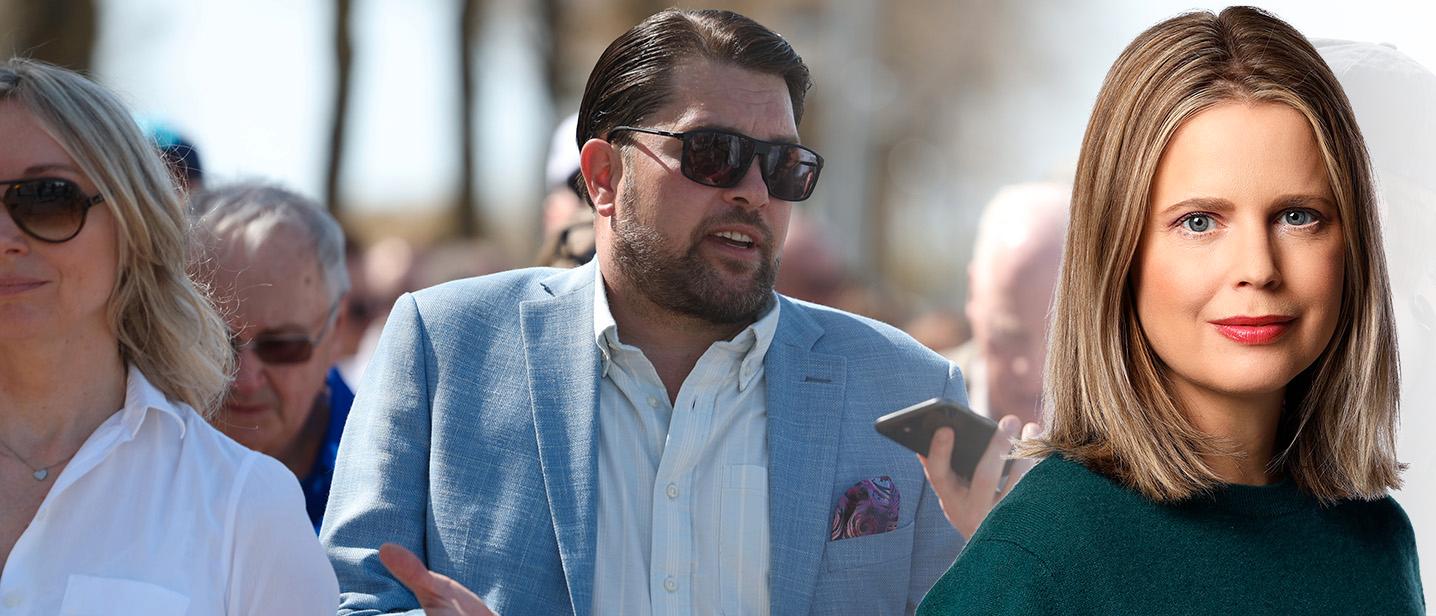It’s historic: Pope Francis is expected on April 28 at the 60th edition of the Venice Biennale, where this year the Vatican set up its pavilion in the women’s prison on the island of Giudecca. The aptly named Holy See exhibition With my eyesencourages us to renew our perspective on the marginalized.
Just opposite the Doge’s City, away from the hustle and bustle of tourists, is the island of Giudecca, where the women’s prison is located. It is the Vatican’s iconoclastic decision to house its pavilion there during this Venice Art Biennale Italy. « It’s a first » admits Bruno Racine, former president of the Center Pompidou in Paris and one of the curators of the event.
On the exterior facade of the prison there is a monumental fresco by Maurizio Cattelan. “ The work he created is called “Father”, in French “le Père”, but the dead father whose feet we see lying. It is also a beautiful meditation on the uncertainty of life and people.” comments Bruno Racine.
Although the choice of the Italian contemporary art star, who is often criticized for his provocative works, may be surprising, the choice of location is highly symbolic. The site, a former convent that housed prostitutes seeking forgiveness, became a detention center in 1859, where 80 women are currently incarcerated for theft, drug trafficking and murder. “ The choice of location is a message. The visitor is confronted with the artistic and human reality of the prison only through his eyes. », says the exhibition curator.
Works created with inmates
The program of this behind bars exhibition features a unique collaboration between inmates of the Venice Penitentiary and nine renowned artists, including the feminist collective Claire Fontaine and the French visual artist Claire Tabouret.
Together they have created photographic works, documentary installations and humanistic poems that focus on compassion, empathy and the rehabilitation of the marginalized. “ The idea was that this pavilion would send a humanistic message about human rights and attention to the smallest, to those we do not want to see, including those condemned here. That they can have their dignity. That they can not only be spectators, but also protagonists of their future », explains Bruno Racine.
The great figure of the art world, Simone Fattal, of Syrian-Lebanese origin, transcribed the inmates’ poems onto lava plates. “ When I received the poems, I cried. Because… – I’m still crying – because one of them says: “Every time I fall, I’m told I have to get up. But every time I stand up, something of me stays on the ground.” » she admits in a trembling voice, quoting a poem by a prisoner.
This corpus of topics that are close to everyone’s heart Pope Francisaims to renew our view of the world of the excluded. By placing the 2024 Pavilion in a women’s prison, the Holy See is sending a powerful message of inclusion and redemption through art.
Listen tooBiennale: Romuald Hazoumé places Beninese feminism in the heart of Venice








